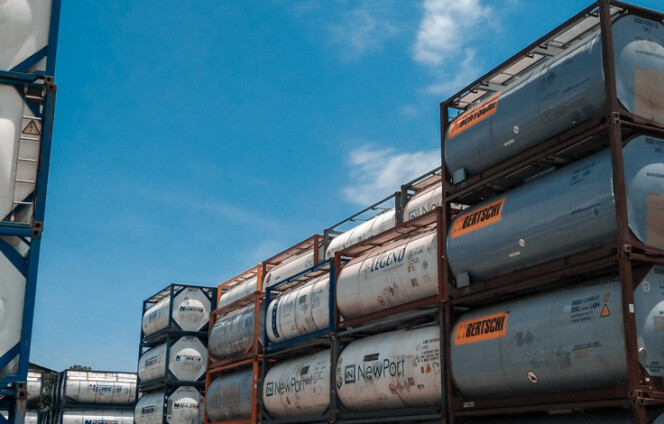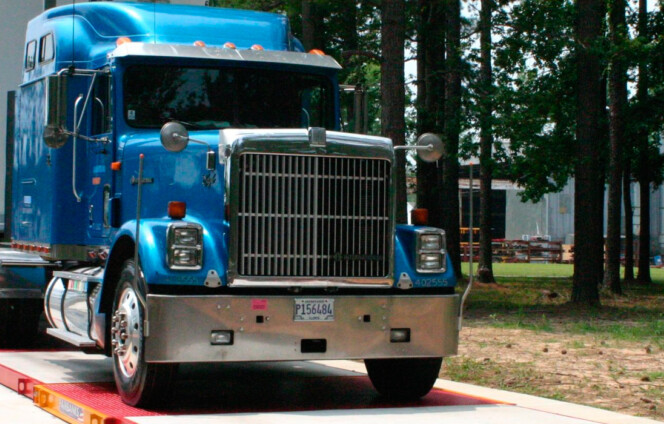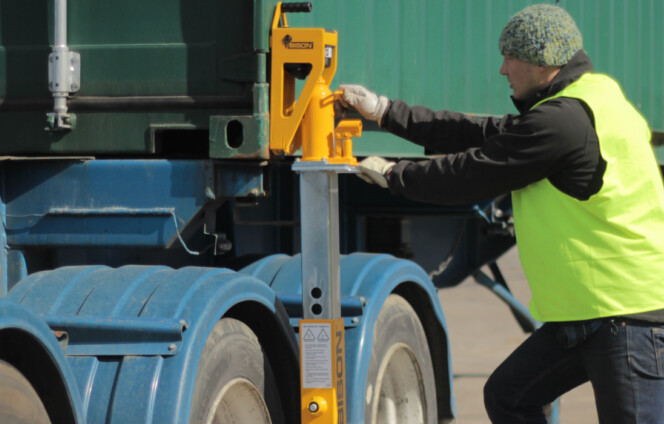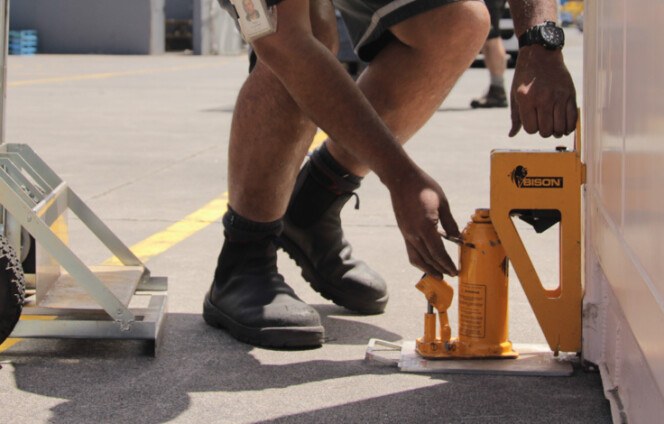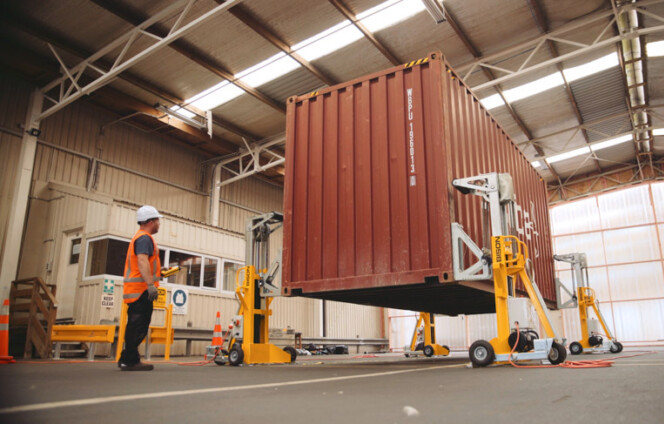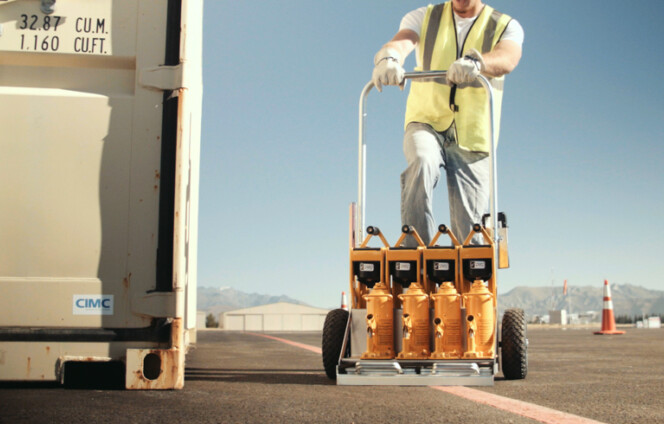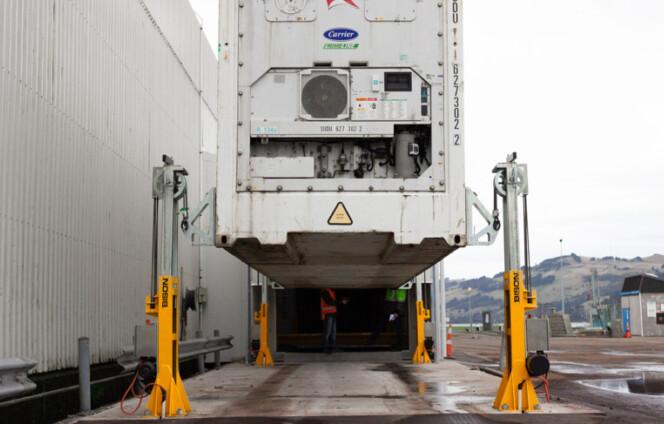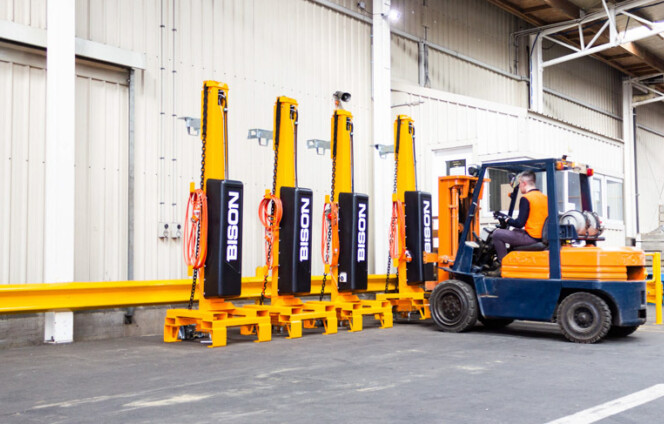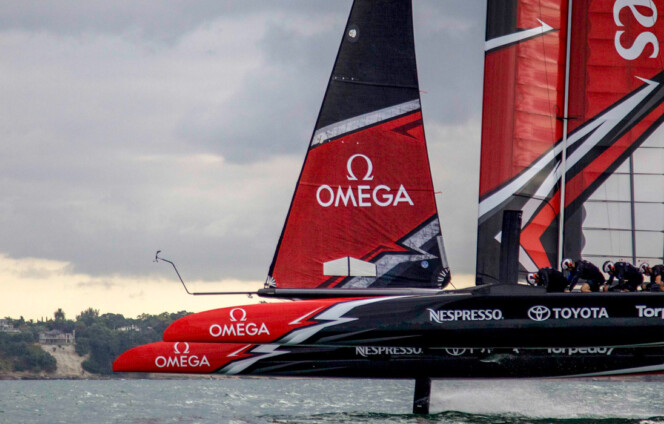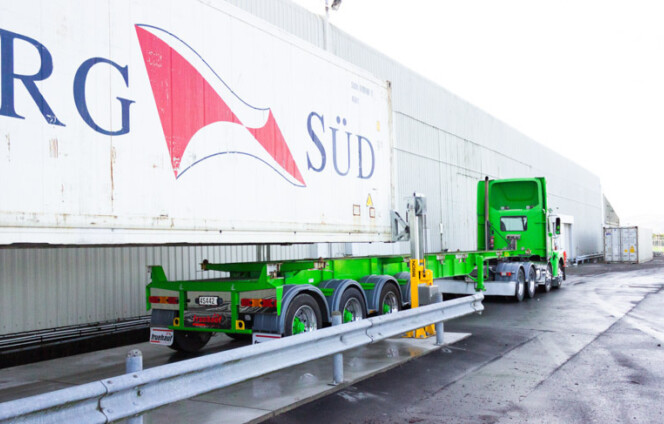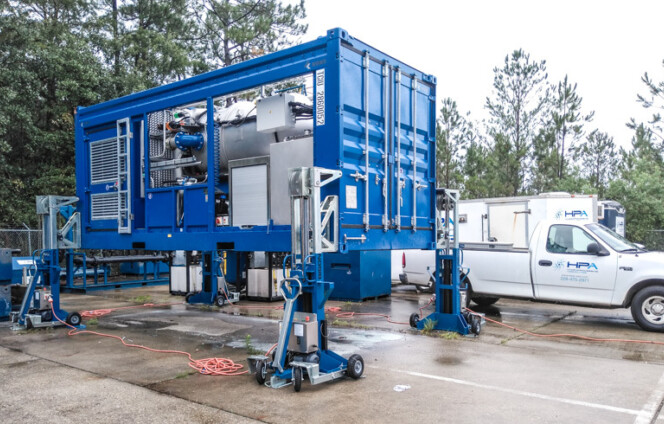2 reasons to weigh ISO Tanks
Generally, ISO tanks are weighed to determine the amount of contents inside, or the contents remaining inside them. Weighing is the fastest method to determine the quantity of contents of an ISO tank.
#1 TO COMPLY WITH SOLAS VGM REGULATIONS
Exporters and shippers also need to weigh ISO tanks to comply with VGM regulations. Like regular containers, ISO tanks require verified gross mass (VGM) declarations before being loaded on ocean-going vessels.
#2 TO ACCURATELY DETERMINE COMMERCIAL QUANTITIES
Having an accurate measure of the contents or remaining contents, gives an accurate estimate of the total value of the product. Common users include gas and fuel distributors, chemical producers, or any organisation that needs to deliver ISO tankers to a customer for later retrieval - billing the customer for the amount used.
The weight information is also useful for consumers to determine the quantity of the contents remaining inside the tank container. For expensive products like helium, the accuracy and economics of the weight information are very relevant.
The two most common methods for weighing ISO tank containers is to either weigh a truck with chassis and container on a weighbridge, or to weigh the ISO tank container directly with container scales..
Let’s examine each of these options in more detail.

